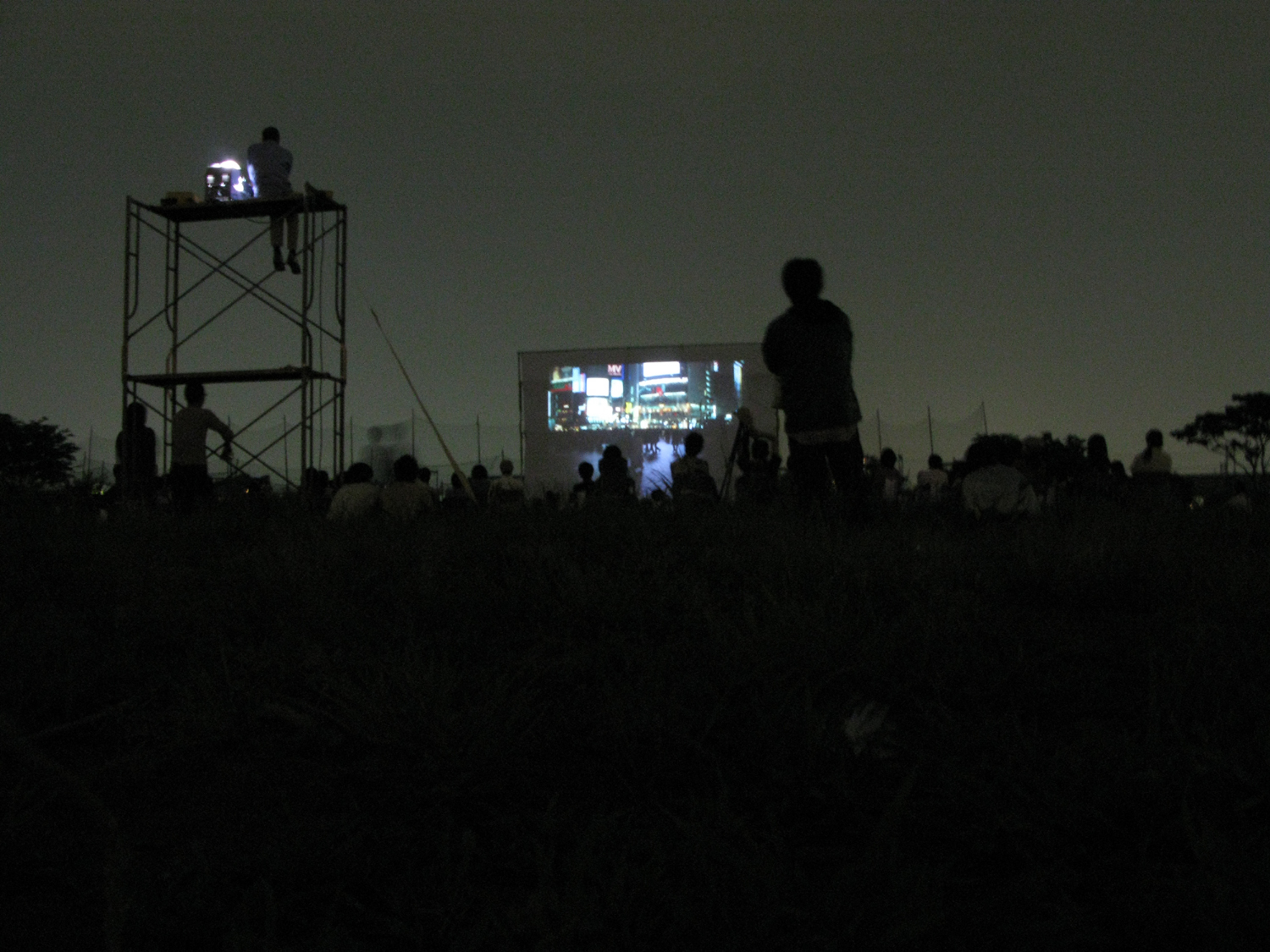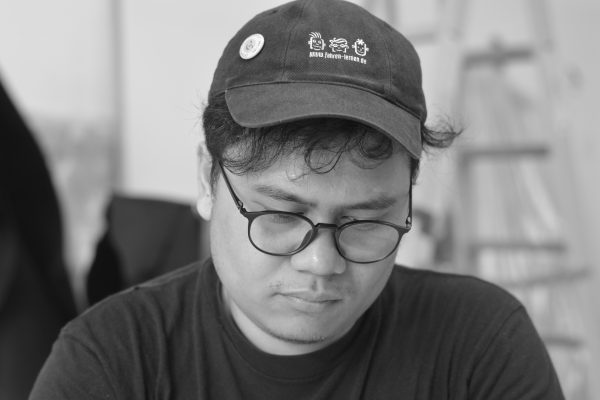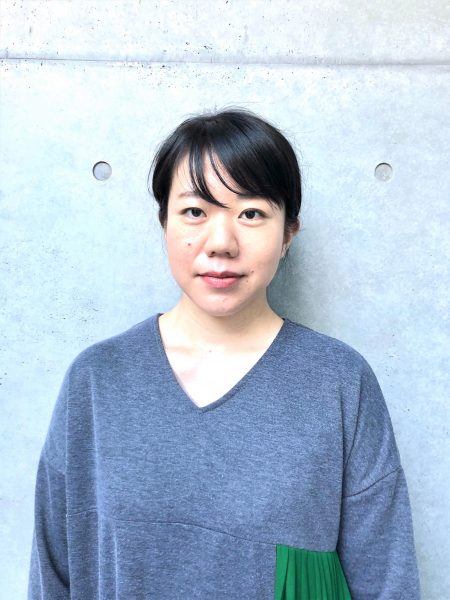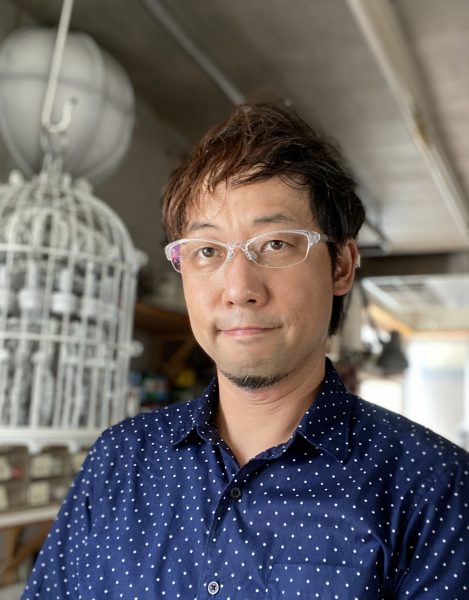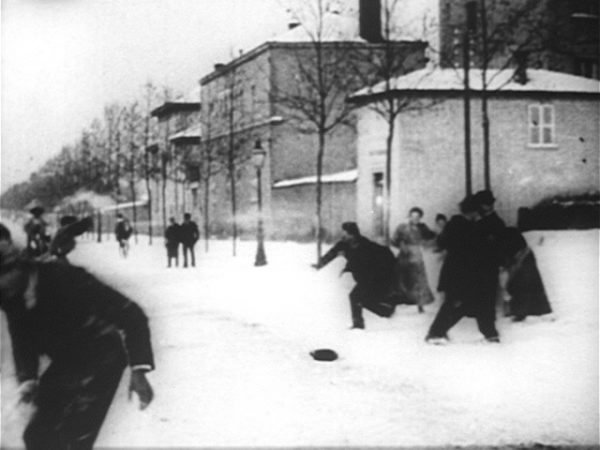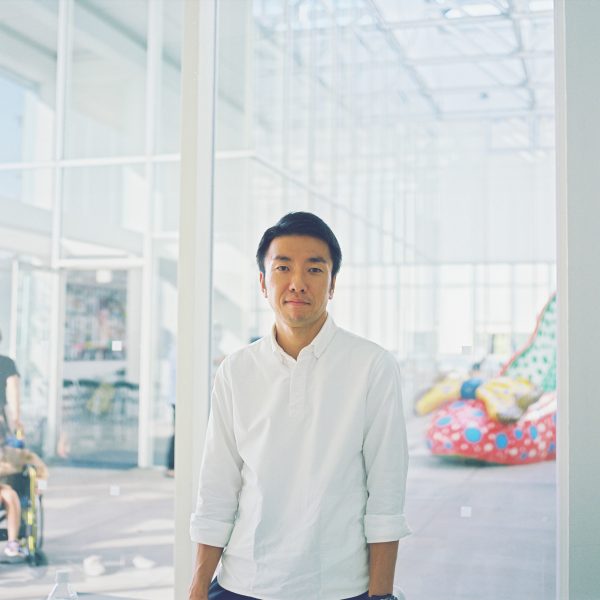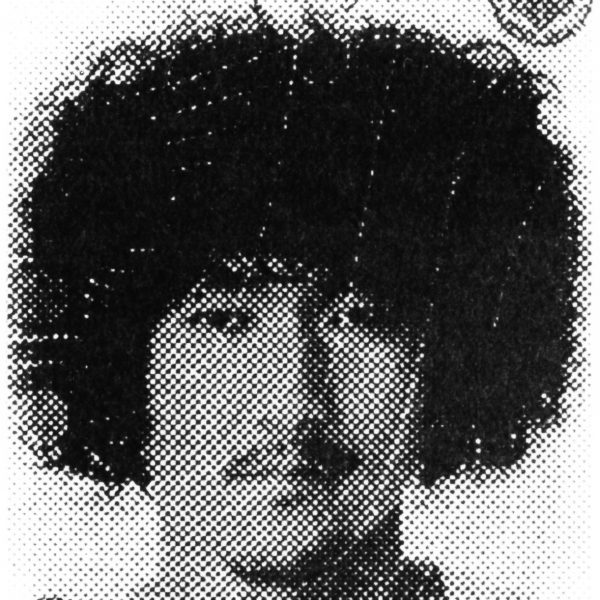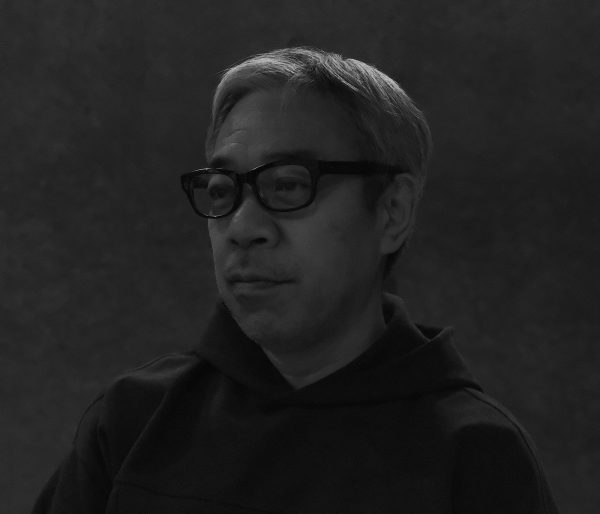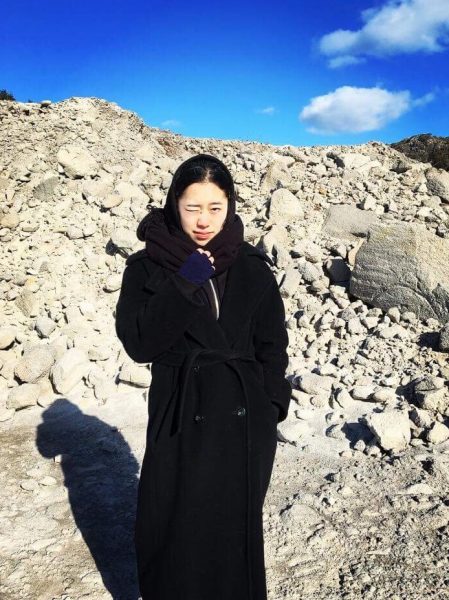

The pandemic, an event that none of us had ever experienced before, has caused significant changes in
everyday life. The visual media that are increasingly penetrating our daily routine, have become
familiar tools for reflecting the various transformations in the realms of society, politics,
economics and culture.
In this day and age, easy access to visual media on multiple levels and dimensions, through
communication on social media platforms in particular, has made information on any kind of event –
be it a festive occasion, a war or a natural disaster – come across as a spectacle of sorts.*
The term “spectacle” is commonly used for describing a magnificent landscape or scenery, and often
also some kind of show event. Being partly an optical technical term, the original Latin word
“spectaculum” referred at once to such extraordinary natural occurrences as earthquakes or volcanic
eruptions. With the emergence of modern states in the 19th century, our perception of natural
disasters was transformed by expositions, photographs and movies, through visual recreations of such
events as great spectacles and magnificent sights.
Themed “After the Spectacle,” the 14th edition of the Yebisu International Festival for Art &
Alternative Visions examines the history of the (moving) image and expositions from the 19th and
20th century up to the present. In addition to displays and screenings of pieces by contemporary
artists, and related events, the program was expanded with the aim to further explore the
possibilities of visual media. Among others, this time it encompasses a project in which guest
curator Kohara Masashi links documents related to the history of expositions to the museum’s own
collection; an online movie project by the up-and-coming filmmaker Endo Maiko; and educational
programs aimed to connect visitors to a rather broad range of works.
READ MORE


![4(FRI)-20(SUN) 15 days / Closed Monday 令和4年2月4日(金)-2月20日(日) [15日間・月曜休館]](https://www.yebizo.com/2022/wp-content/themes/yebizo-14-3/assets/img/firstview__date.svg)
![FEB 2022 4(FRI)-20(SUN) 15 days / Closed Monday 令和4年2月4日(金)-2月20日(日) [15日間・月曜休館]](https://www.yebizo.com/2022/wp-content/themes/yebizo-14-3/assets/img/firstview__date_sp.svg)





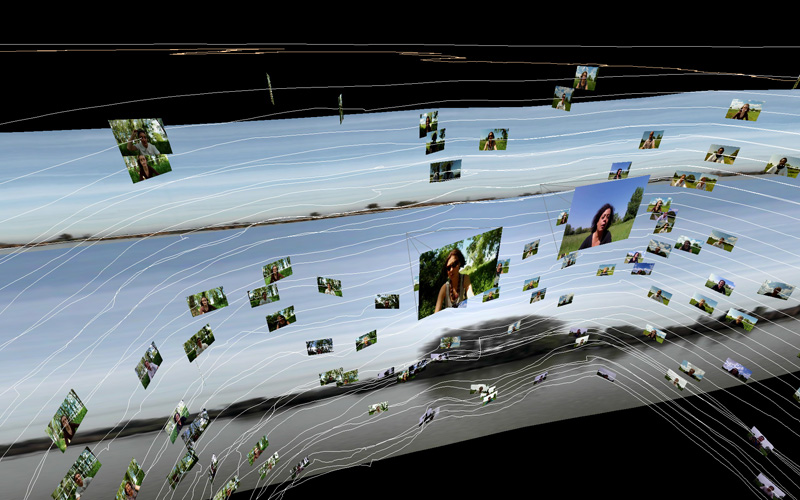
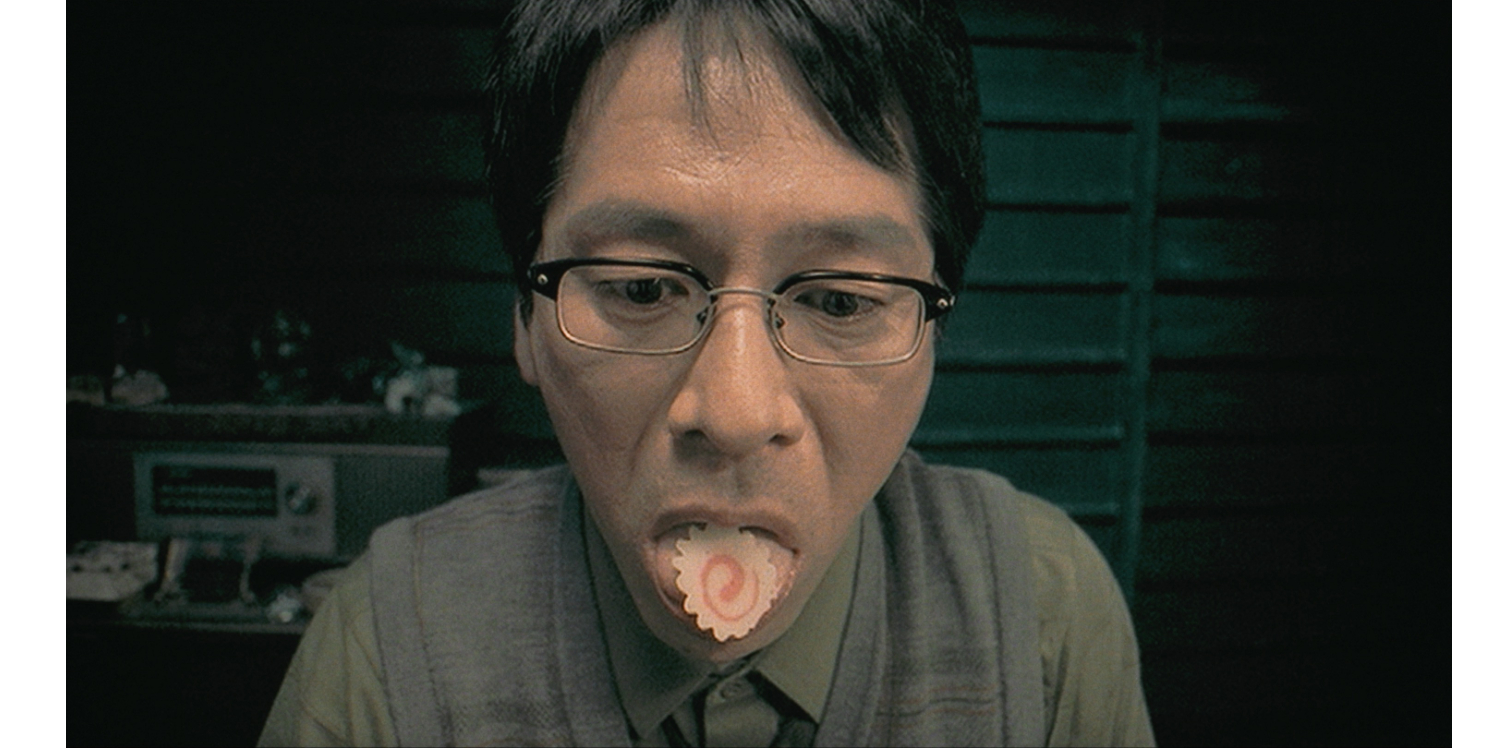


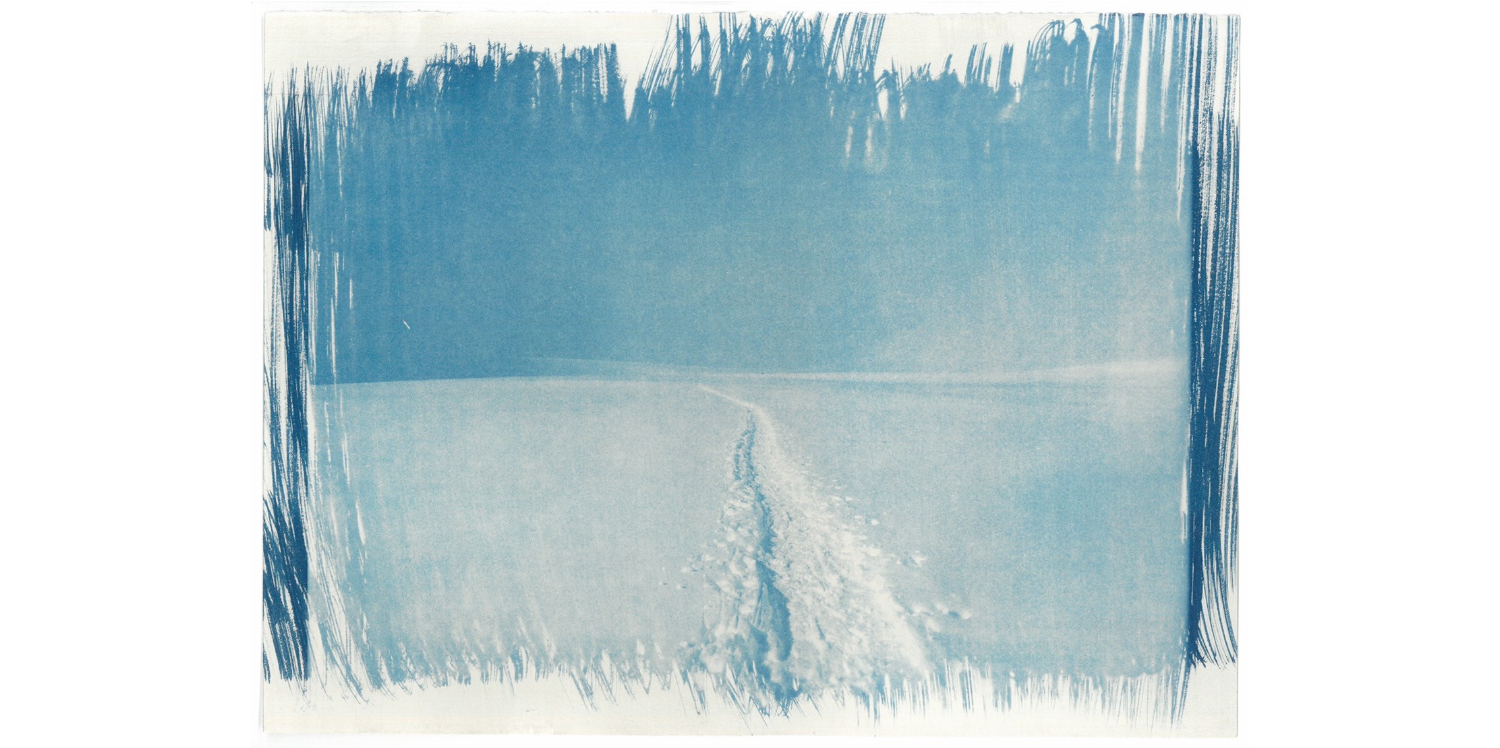

![Animistic Apparatus(1) [May Adadol INGAWANIJ and Julian ROSS program]](https://www.yebizo.com/2022/wp-content/uploads/sites/1/2021/12/others/ud/scr_08_w4_Shambhavi-Kaul_Mount-Song_clouds_dummy-1500x636.jpg)
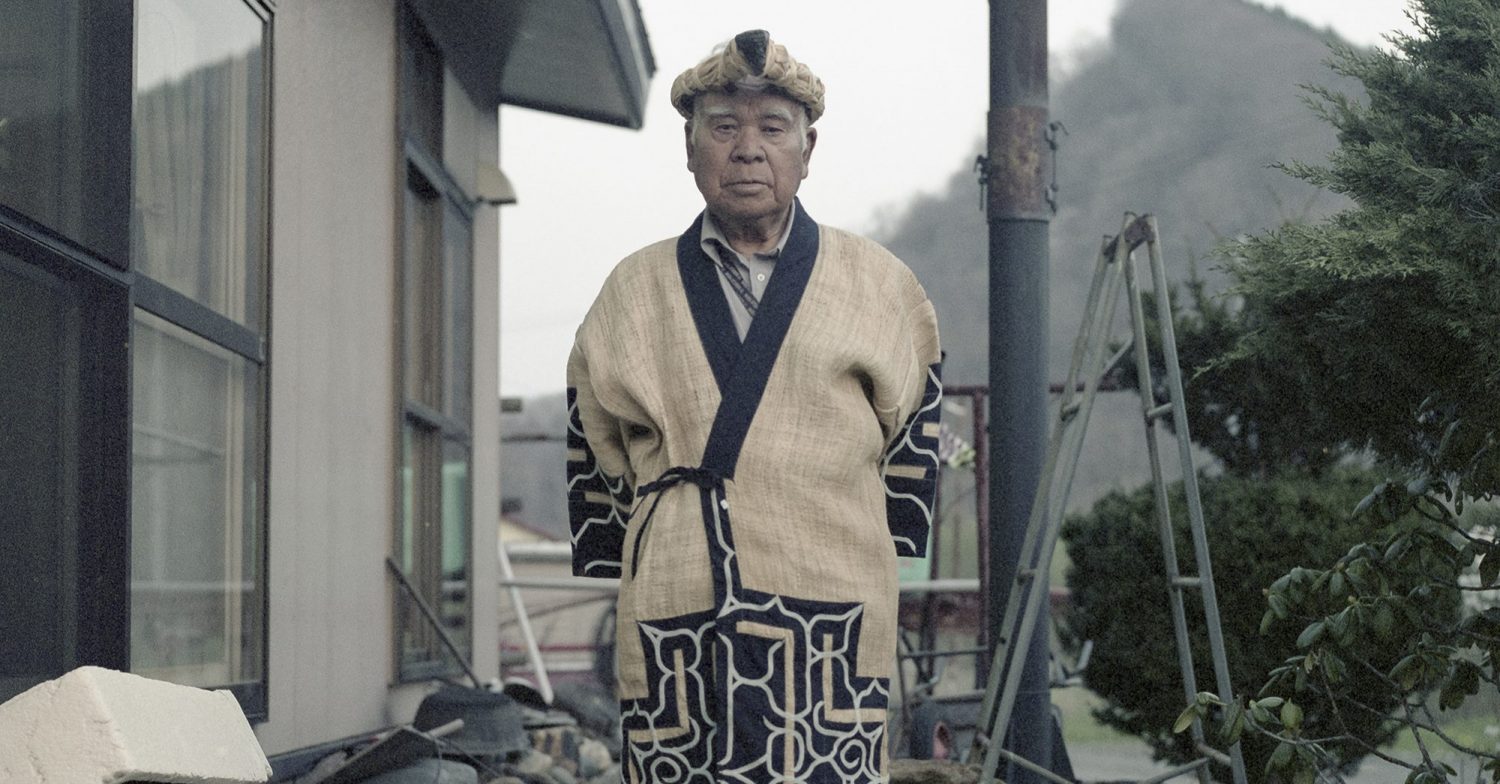
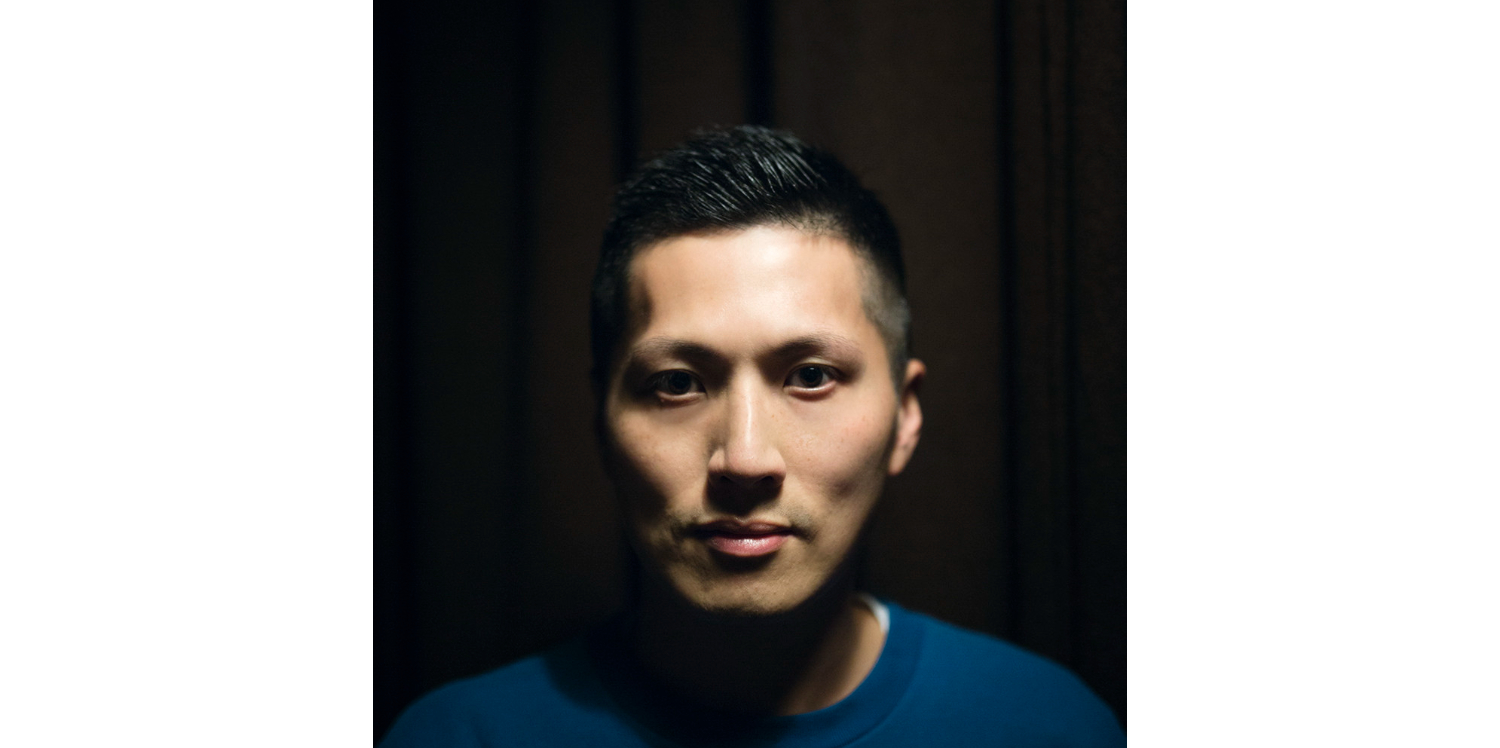
![C.W. WINTER, Anders EDSTRÖM, <em>The Works and Days (in the Shiotani Basin)</em> [Special Screening]](https://www.yebizo.com/2022/wp-content/uploads/sites/1/2021/12/others/ud/Scr_05_w_Anders-Edstrom_The-Works-and-Days_Main-Image-1500x1000.jpg)
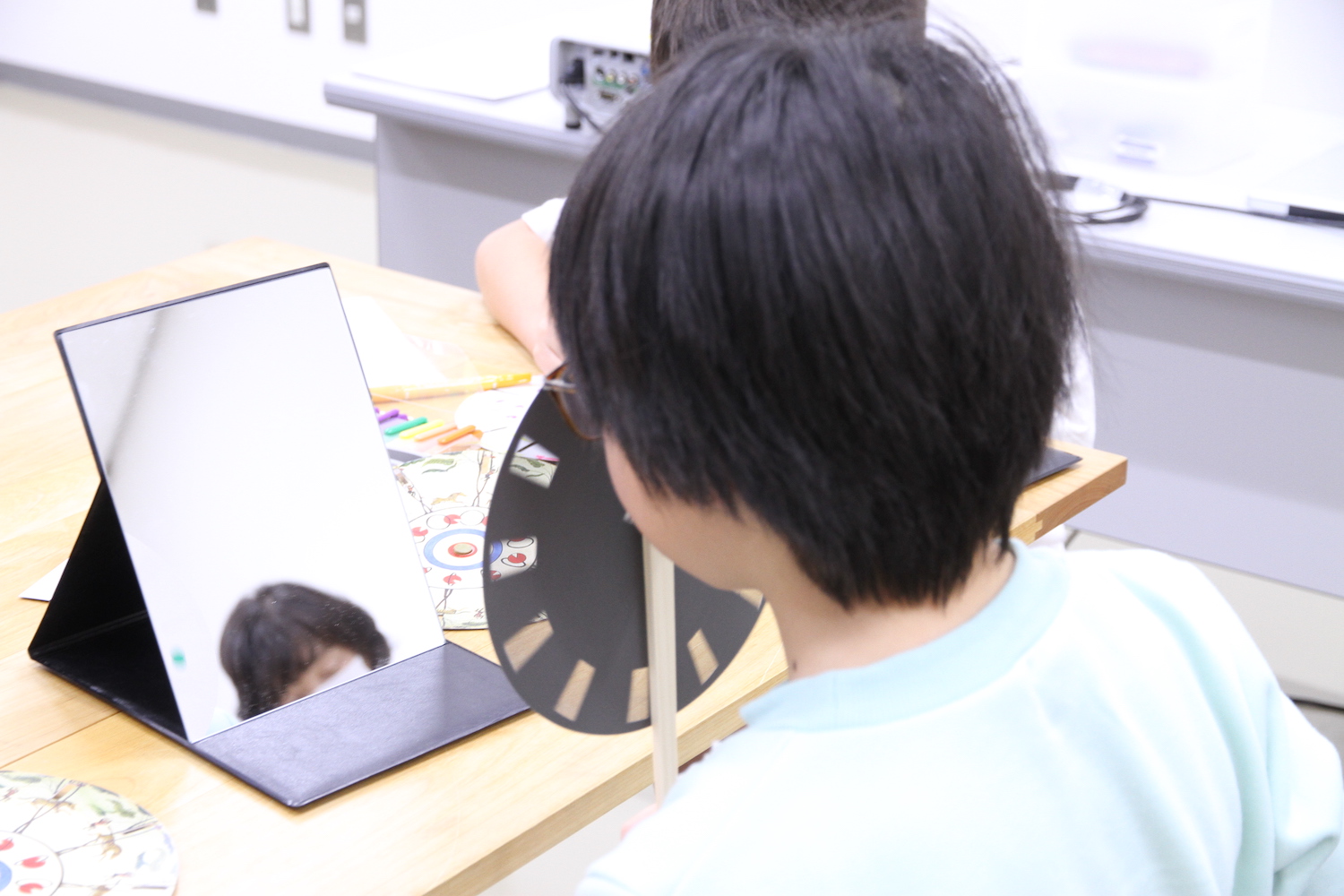


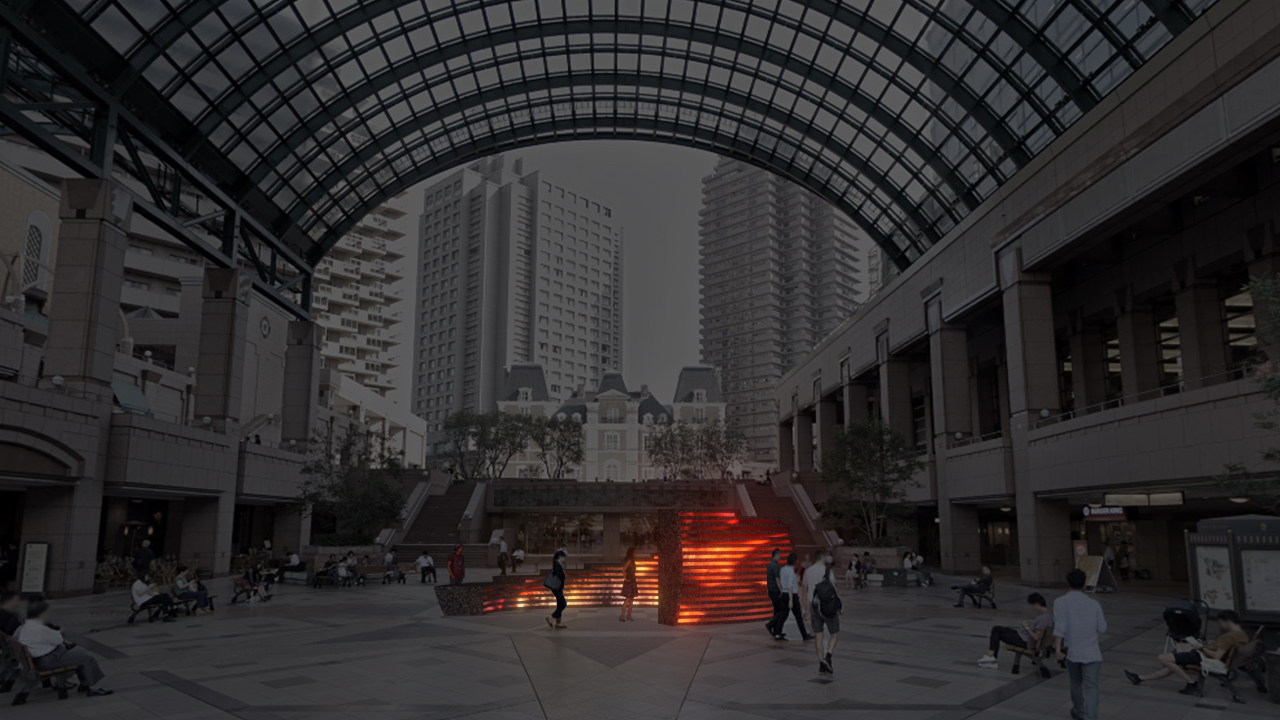

![B.[Co-organized by the Maison franco-japonaise]“After the Spectacle” of the Landscape](https://www.yebizo.com/2022/wp-content/uploads/sites/1/2022/01/others/ud/16_110612_120610_dogs_ok-1500x767.jpg)



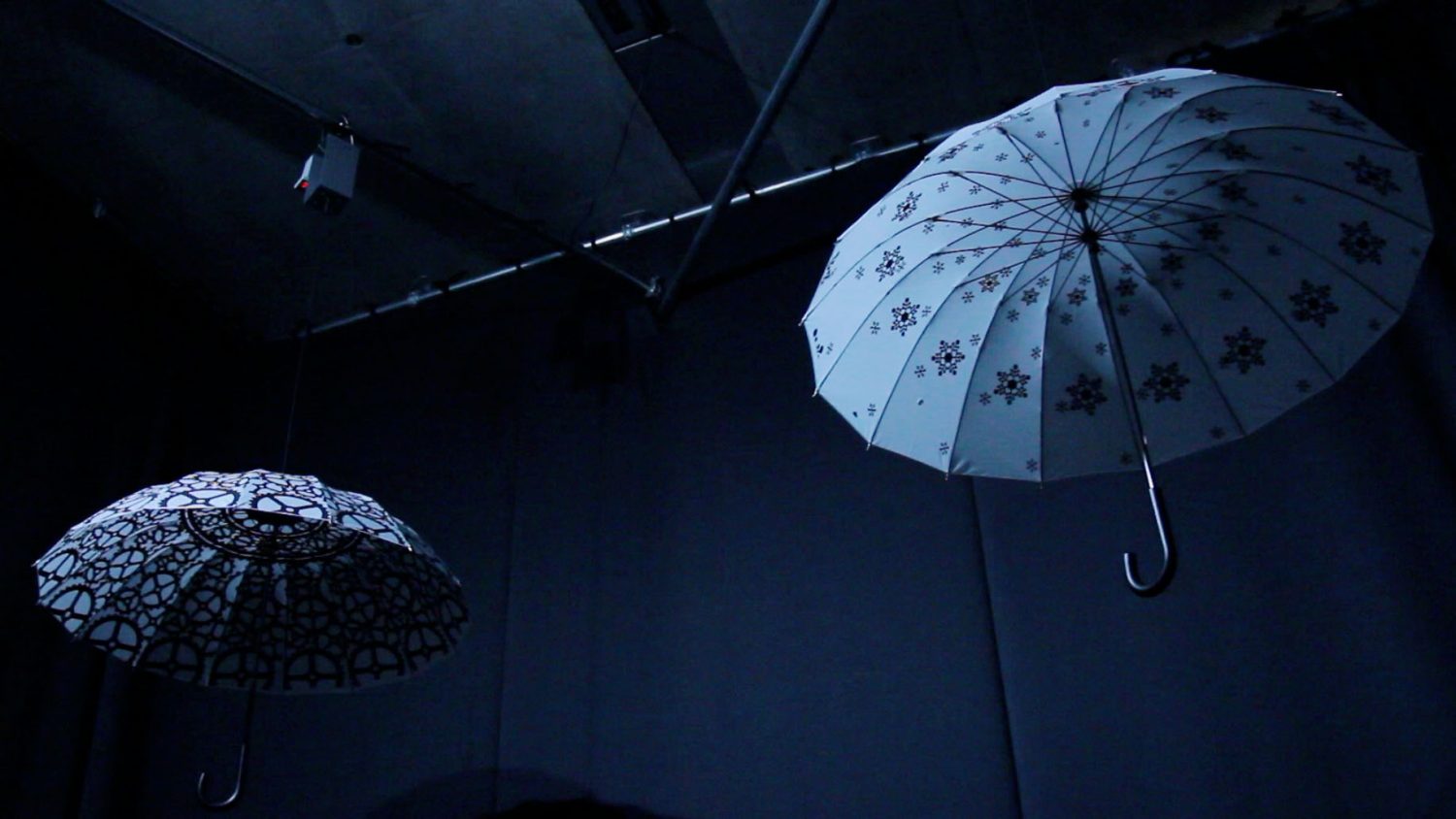
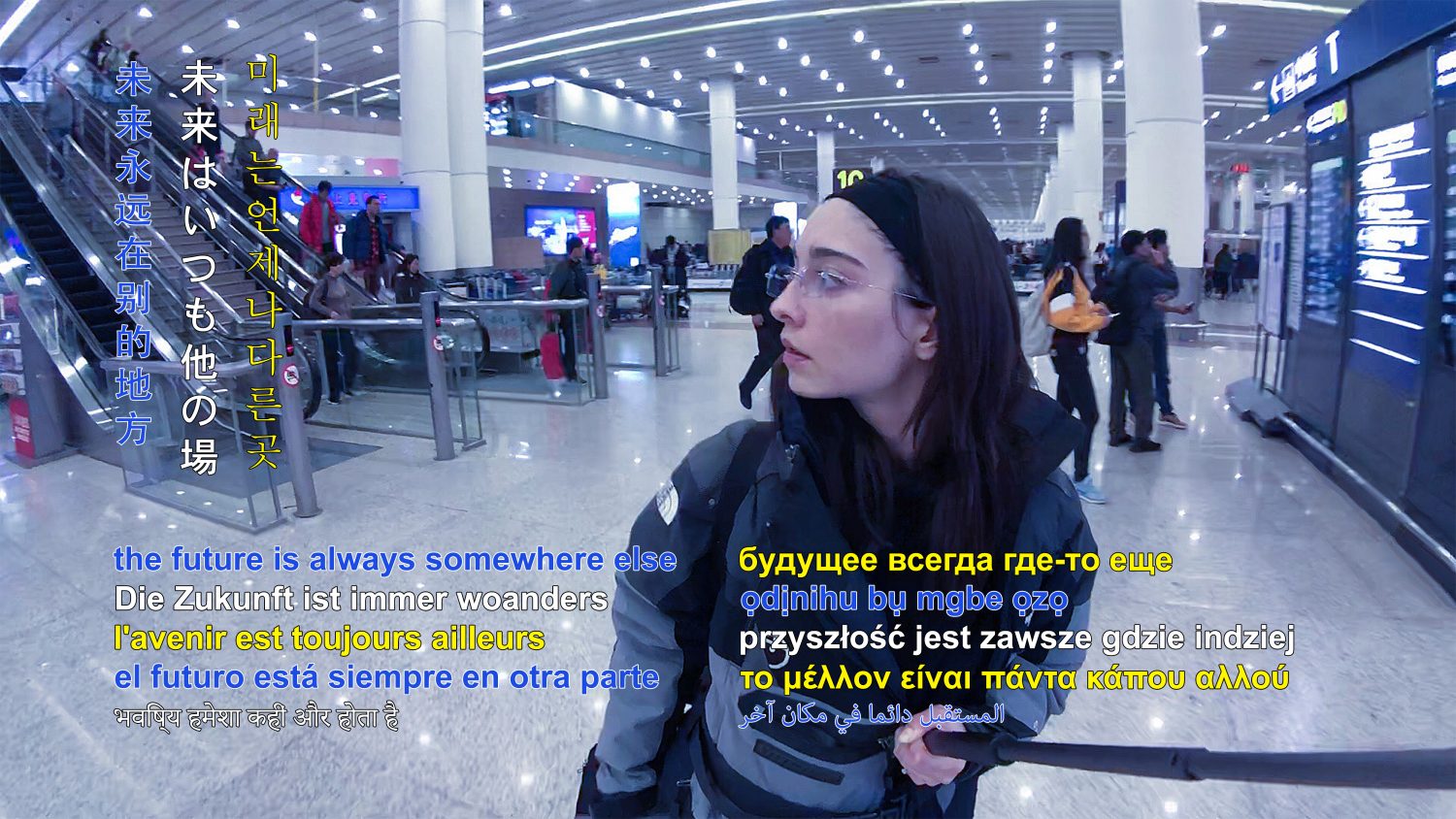



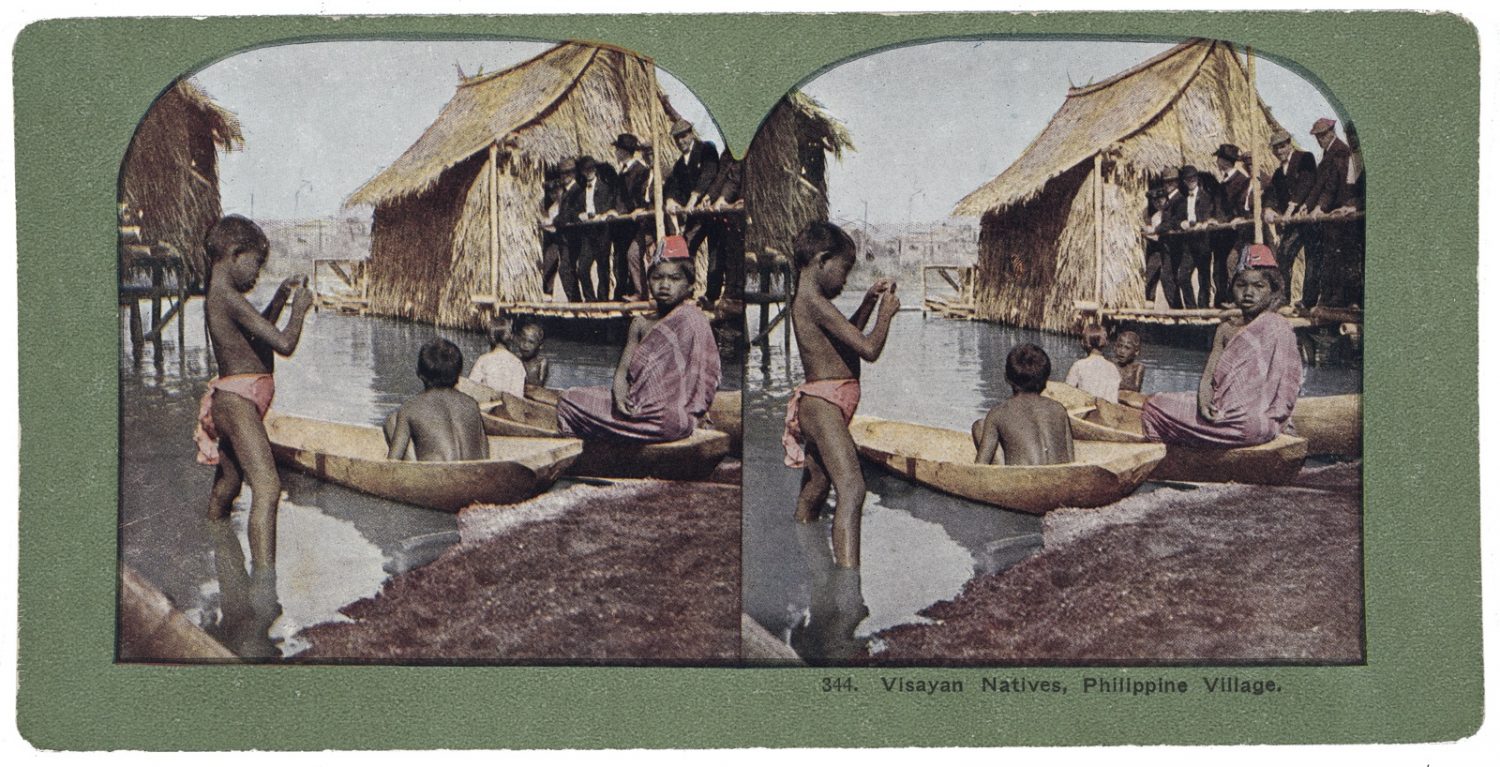
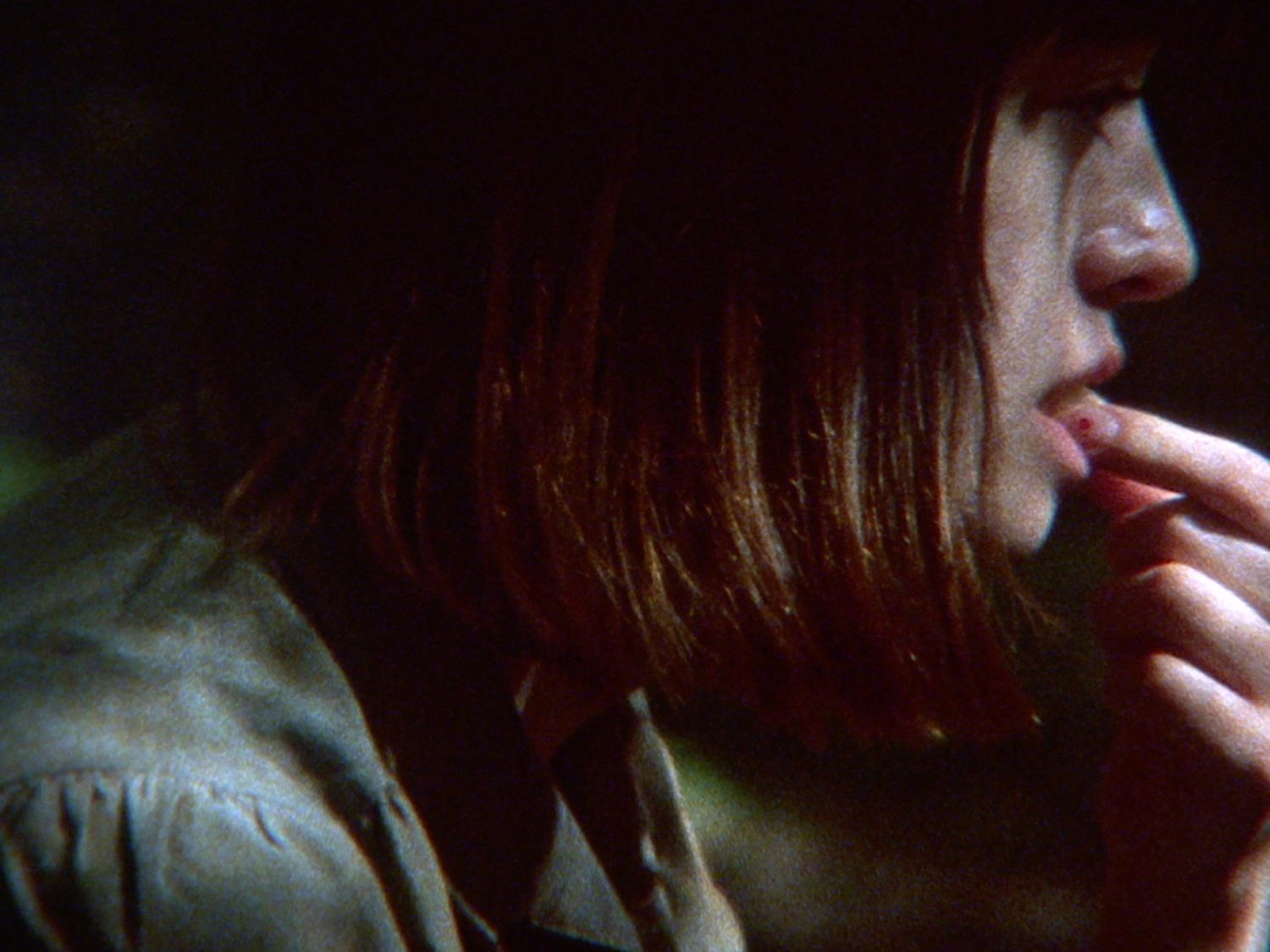
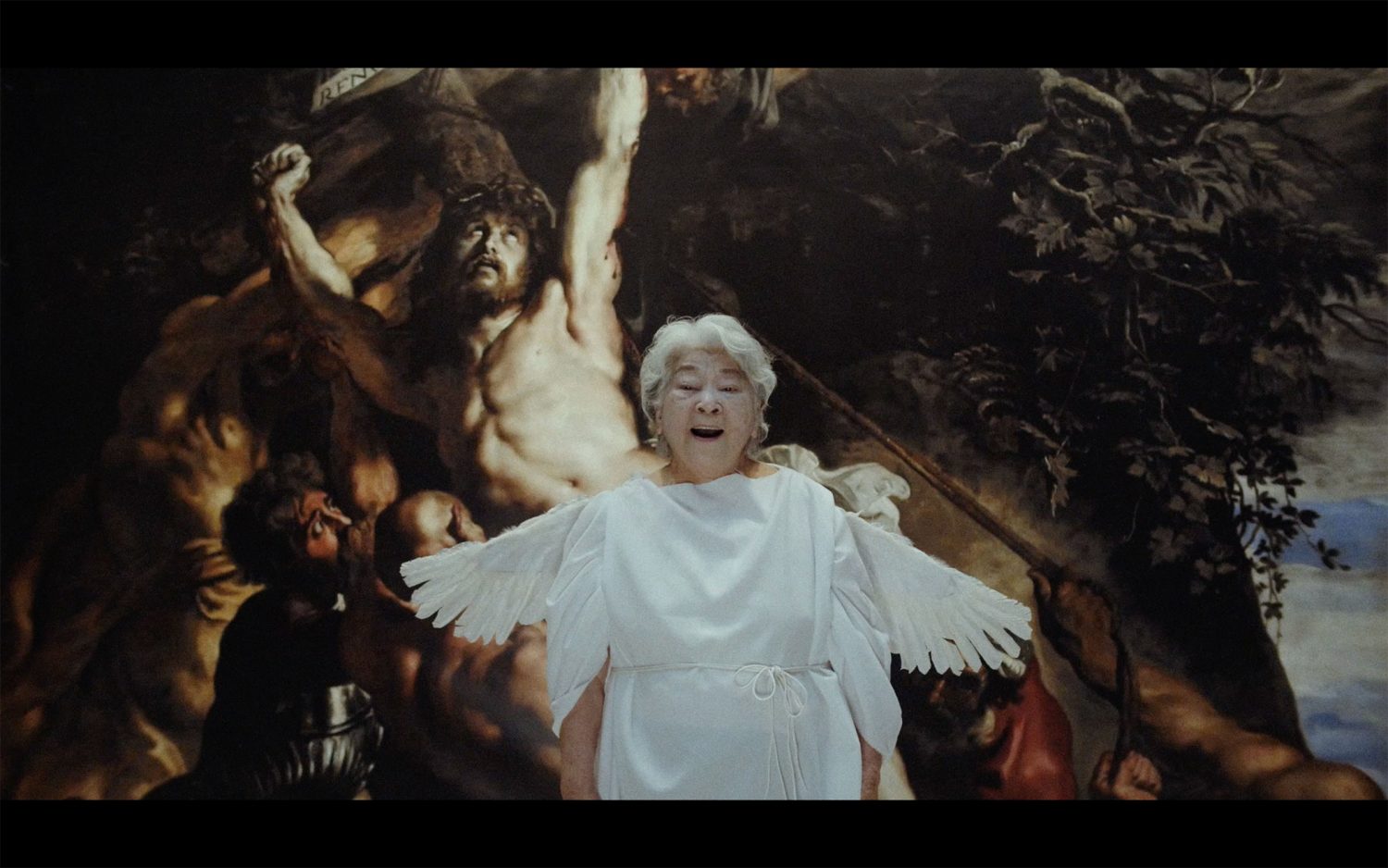
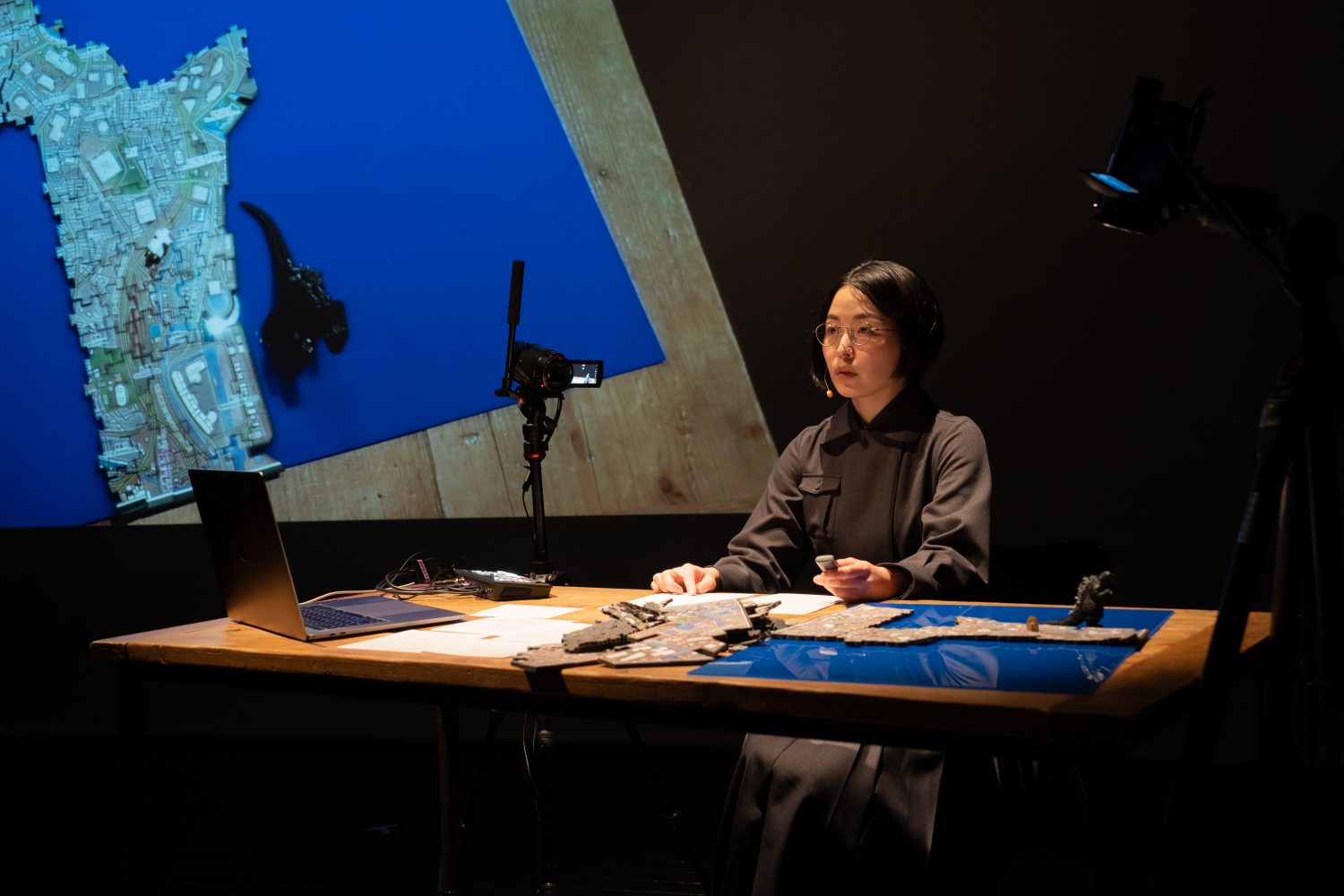

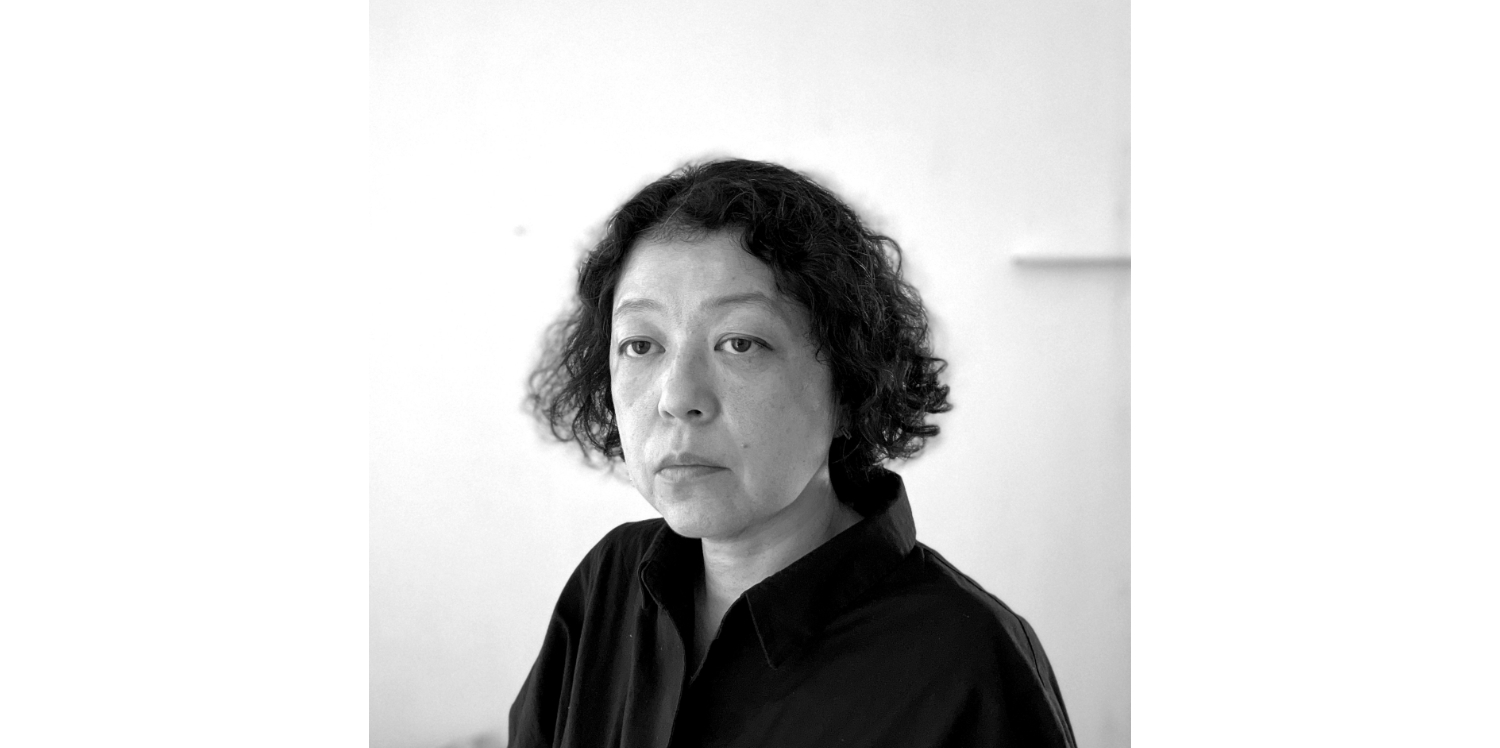



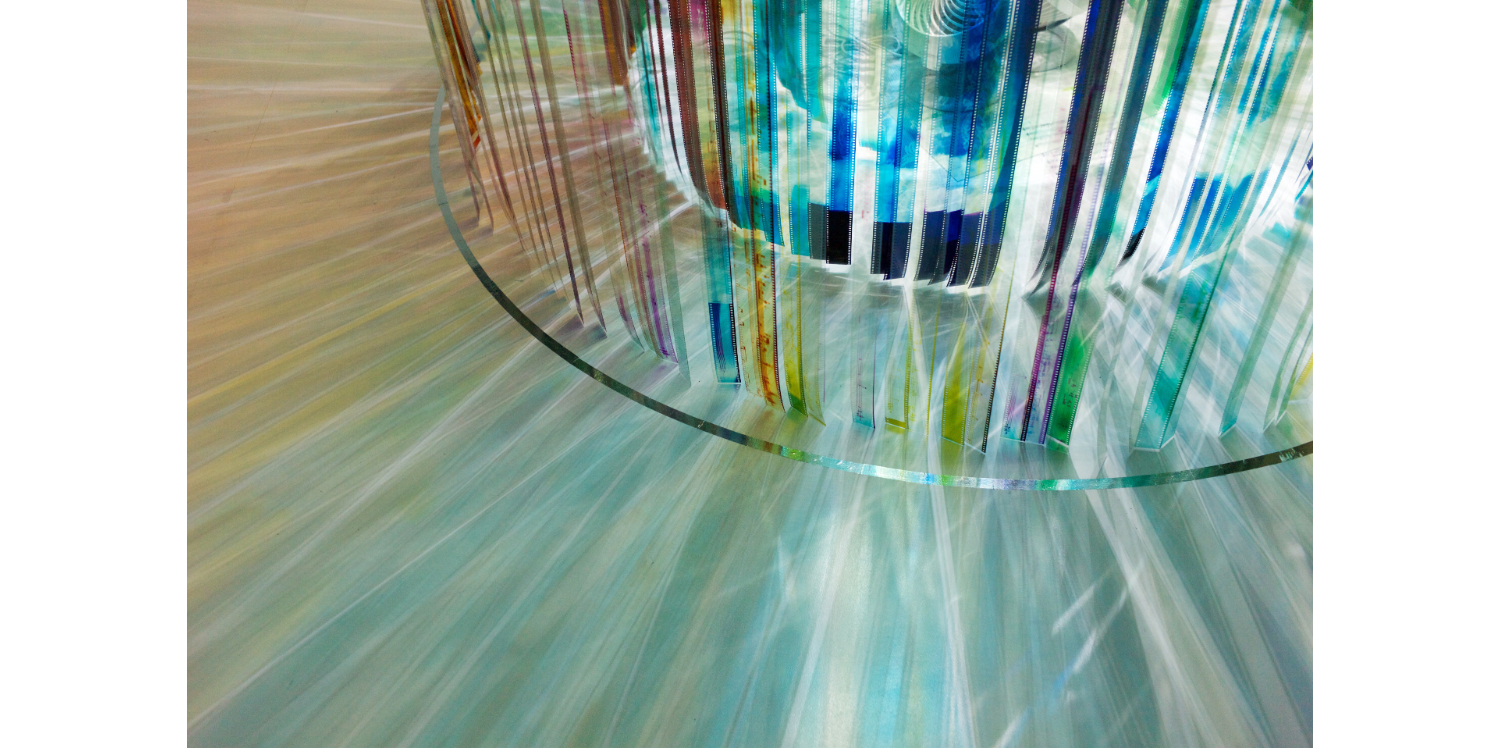

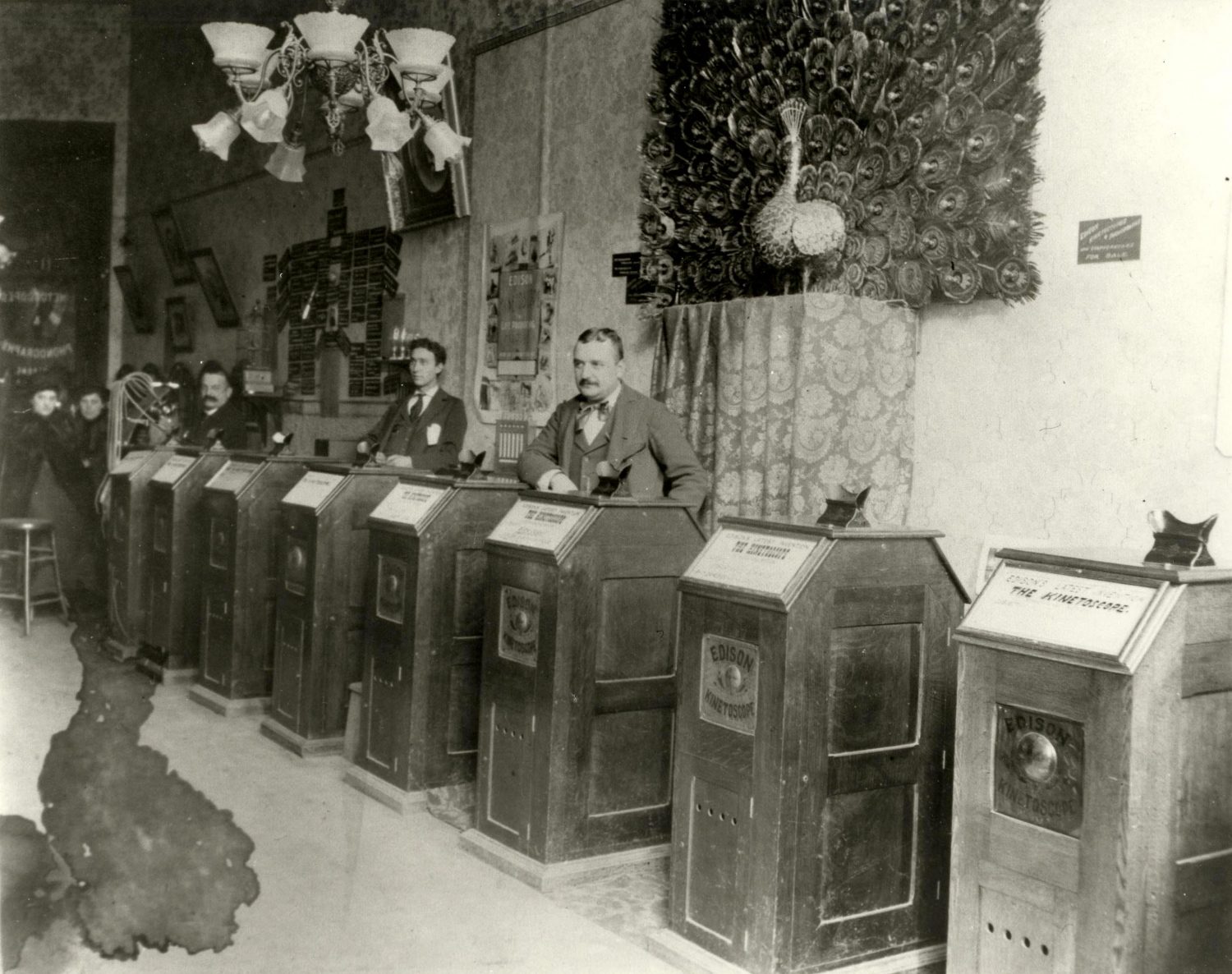


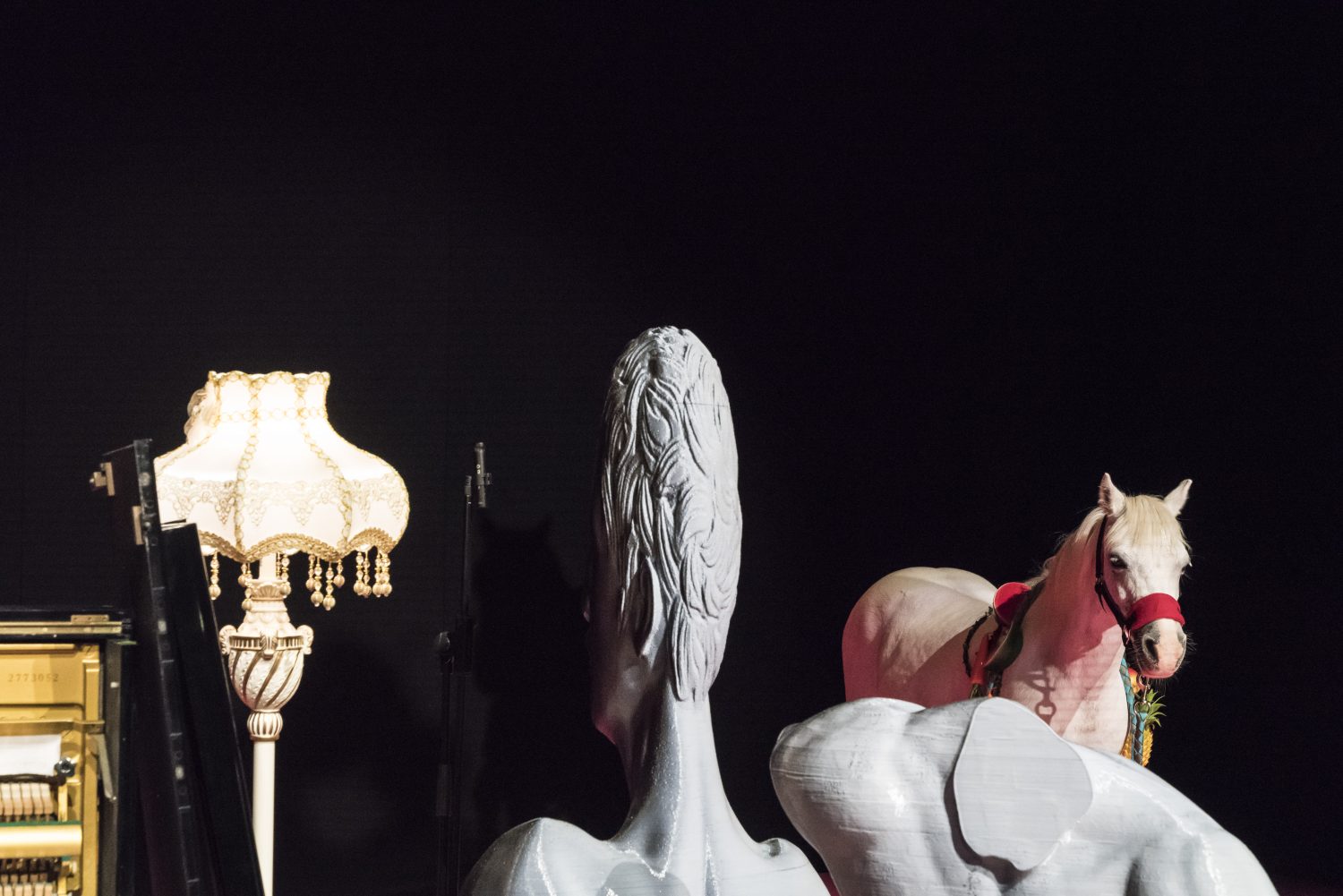
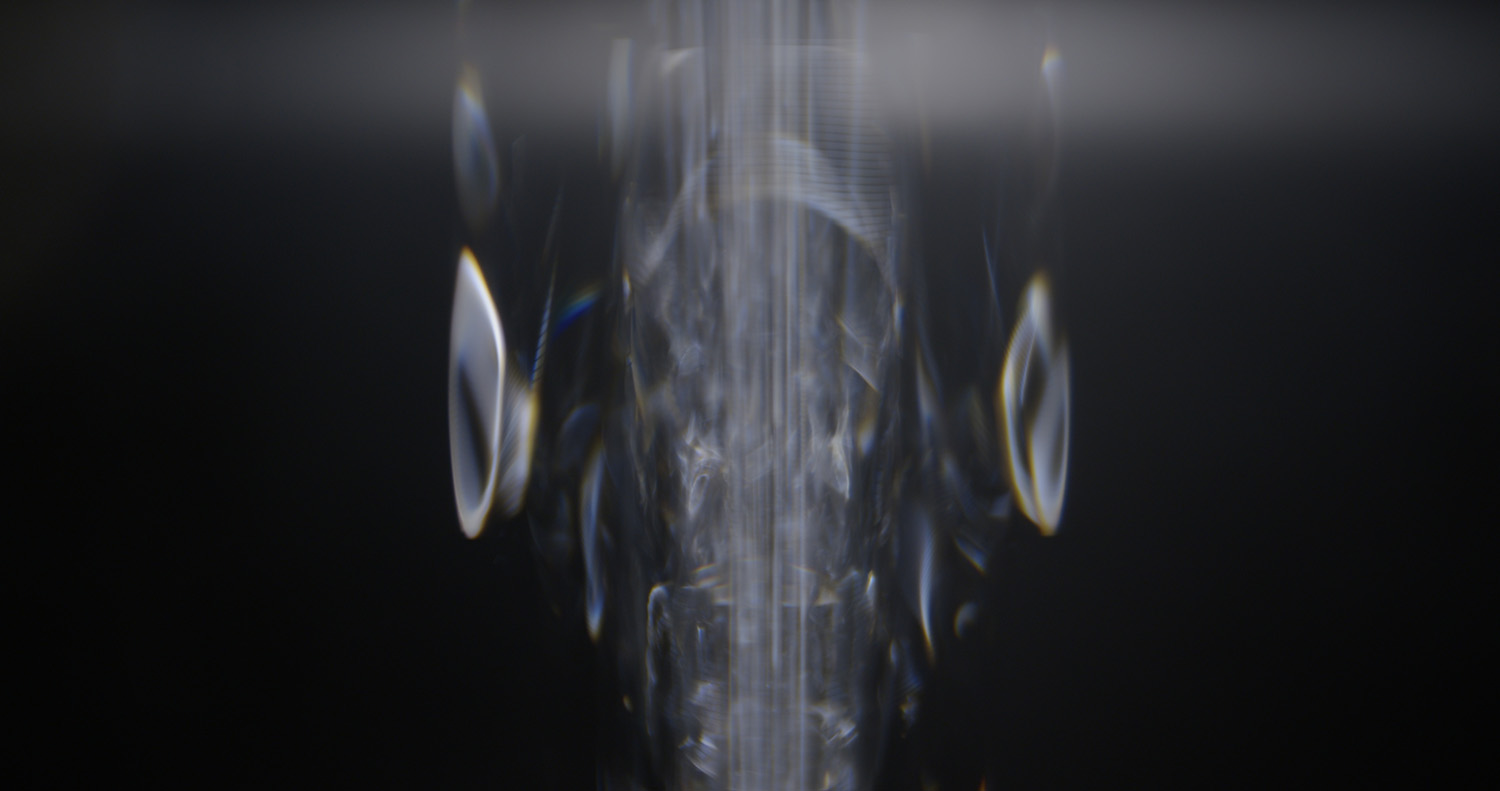
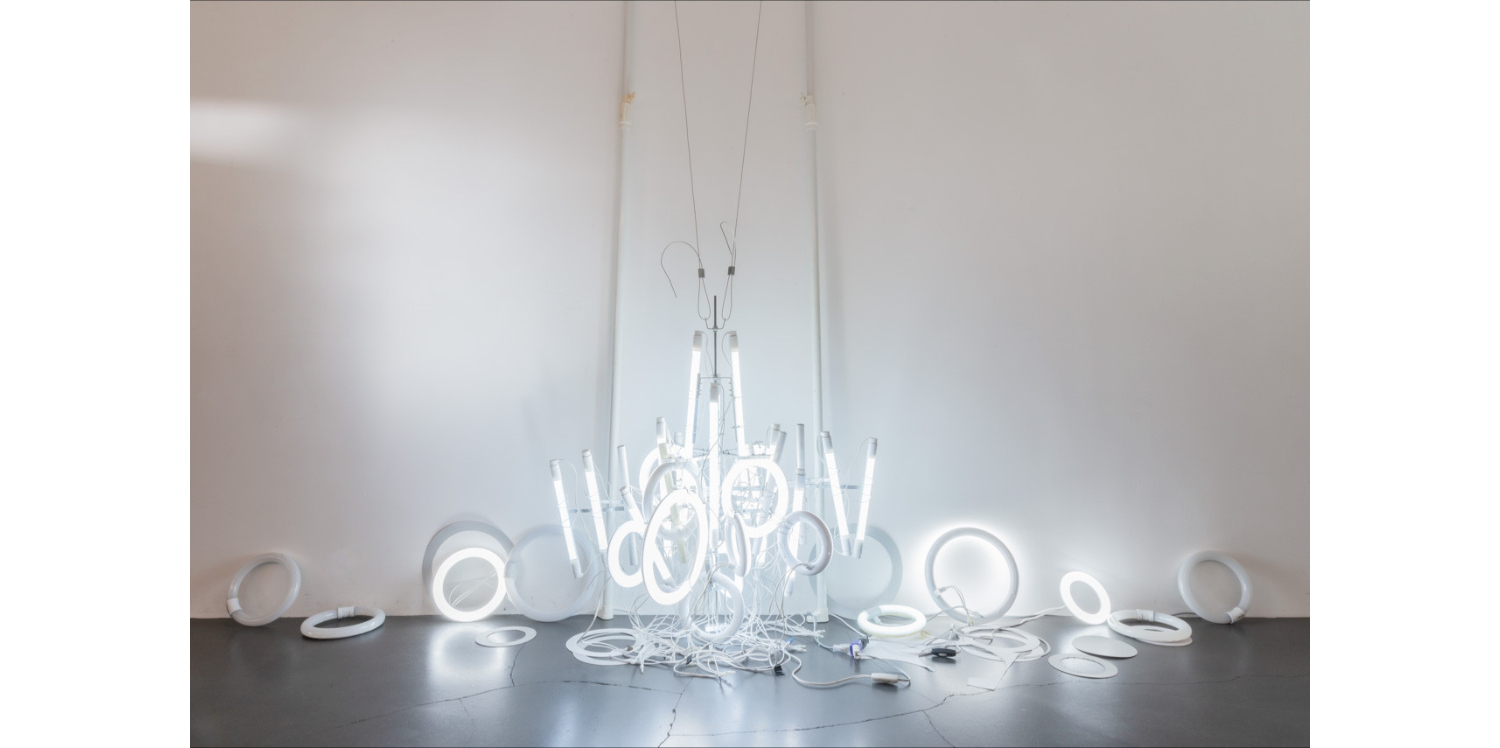
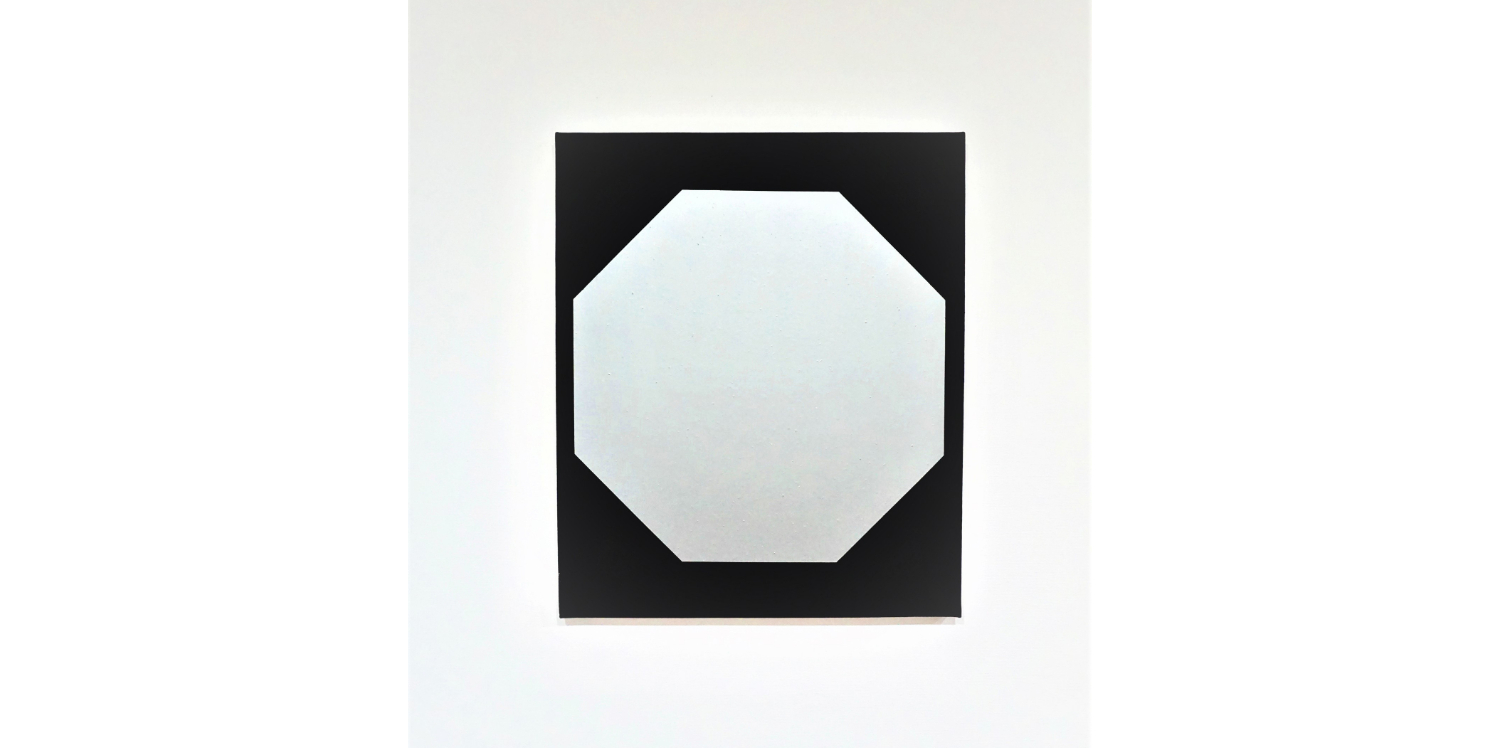
![Anocha SUWICHAKORNPONG, <em>Mundane History (Jao Nok Krajok)</em>, Animistic Apparatus (3) [May Adadol INGAWANIJ and Julian ROSS program]](https://www.yebizo.com/2022/wp-content/uploads/sites/1/2022/01/others/ud/scr_10_Anocha_MundaneHistory_01_final-1500x997.jpg)

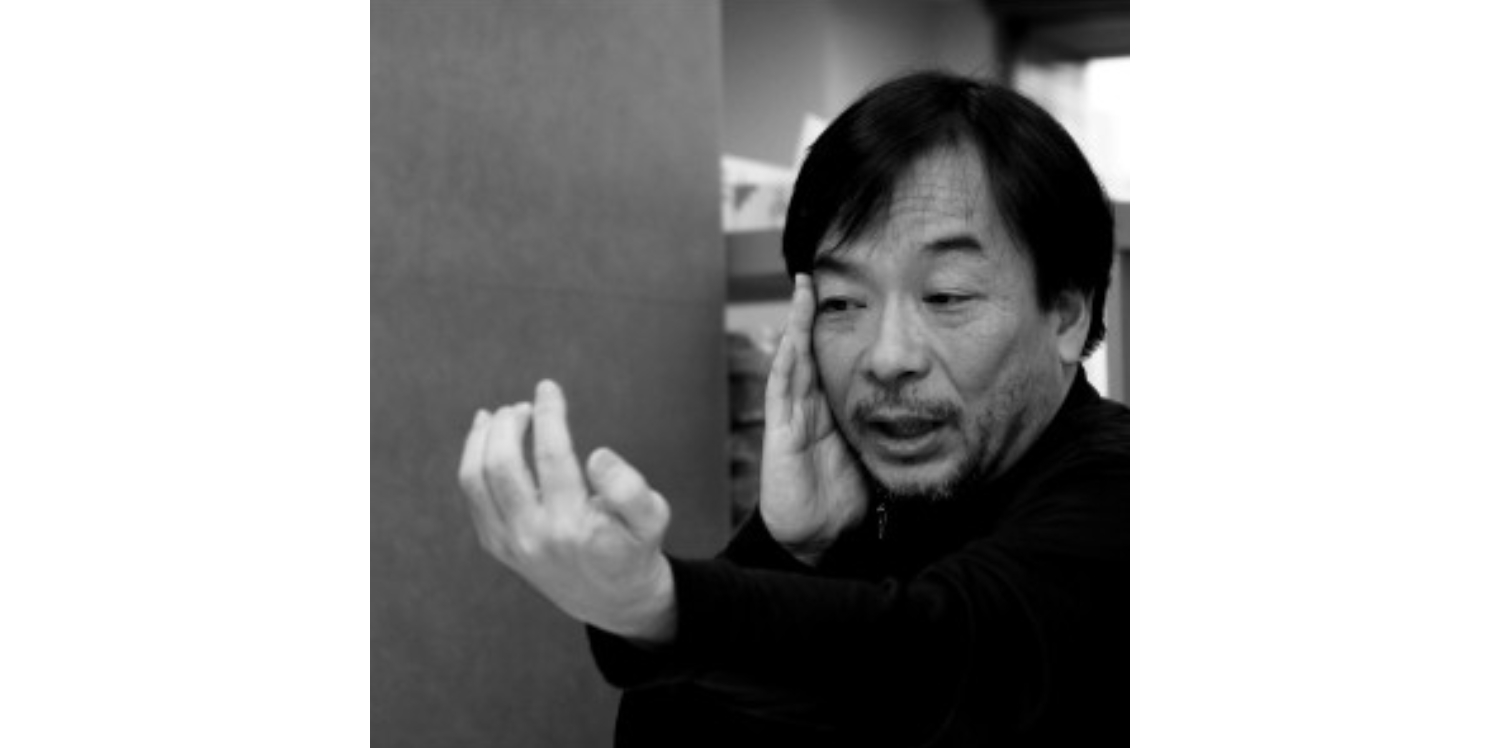
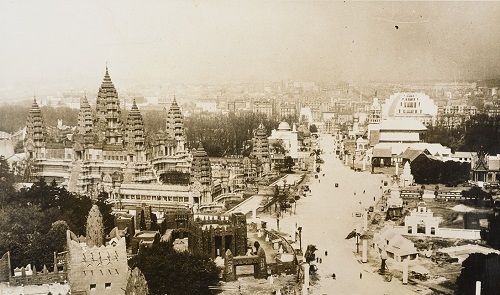

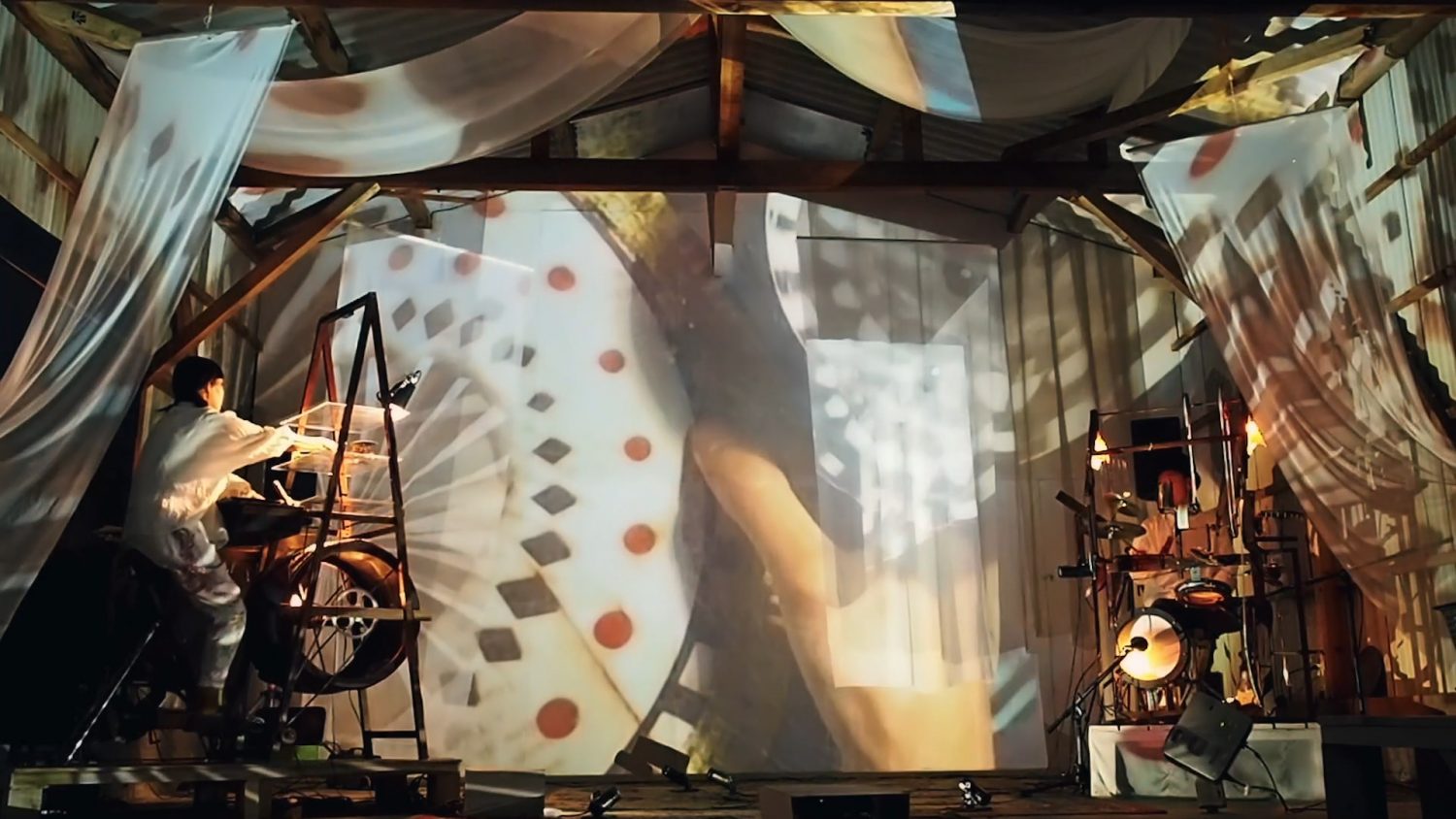

![Anocha SUWICHAKORNPONG, <em>By The Time It Gets Dark (Dao Khanong)</em>, Animistic Apparatus (2) [May Adadol INGAWANIJ and Julian ROSS program]](https://www.yebizo.com/2022/wp-content/uploads/sites/1/2022/01/others/ud/scr_09_Anocha_By-the-time-it-gets-dark_02_final_h-1500x998.jpg)

